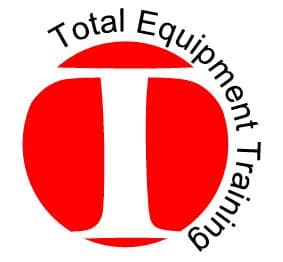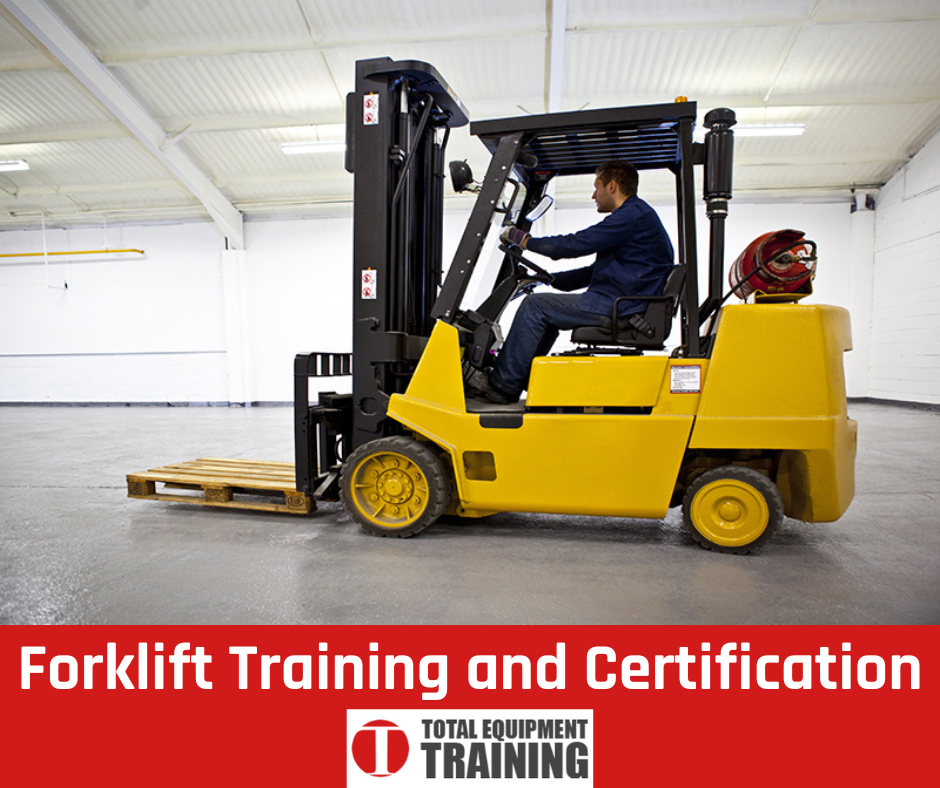Forklifts, also known as powered industrial trucks, are among the most commonly used vehicles in both the heavy and construction industries. This is thanks to their variability in size, diversity of application, high mobility and lifting capacity. The primary application of powered industrial trucks is in lifting and moving loads in both outdoor (e.g., ports) and indoor (e.g., warehouses) workspaces.
OSHA (Occupational Safety and Health Administration), the national safety regulation and policy implementation organization, has collected detailed information on the operation, safety policies, and utility of forklifts, which we will break down while highlighting important safety and training tips.
What are the Fundamental Parts of the Forklift?
Although varied in size and application, the basic structure of every forklift is similar. They are composed of:
- Mast and carriage: These are the lifting apparatus attached to the front of the vehicle.
- Forks/Blades: Attach to the carriage and are the primary contact between the forklift and the load. Depending of the nature of the load, they can be switched out with a variety of attachments.
- The overhead guard covers the forklift operator and the controls. The operator seat rests on the housing of the engine, power source (internal combustion or electric) and counterweight.
- Tires: These are the forklift’s mode of movement, and can be adapted to fit factors like the forklift type, terrain, and weight limit. Their operation come in various configurations as well: front or rear-wheel drive, and skid steers.
- Most manufacturers will place warning labels and caution devices over the forklift, to alert workers and operators of any potential hazard, such as electrocution.
Types of Forklifts
OSHA has broken down powered industrial truck types into classes:
- Class I: Electric Motor Rider Trucks
- Class II: Electric Motor Narrow Aisle Trucks
- Class III: Hand/Rider Trucks
- Class IV: Internal Combustion Engine Trucks (Solid/Cushion tires)
- Class V: Internal Combustion Engine Trucks (Pneumatic tires)
- Class VI: Electric and Internal Combustion Engine Tractors
- Class VII: Rough Terrain Forklift Trucks
Forklift Operation
Just as any other heavy vehicle, there are procedures to follow when operating powered industrial trucks. OSHA requires that only trained and certified personnel can operate forklifts.
1. Pre-Operation
This stage mostly involves carrying out inspections to assess the forklift’s condition before (e.g., fluid levels) and during (e.g., abnormal engine sounds) operation, done by the forklift operator. Identification of any faults or hazards should be documented and shared with supervisors, and the forklift should be immediately taken out of service for maintenance.
2. Travelling and Maneuvering
This involves operating the forklift to safely and properly move loads between points in the workplace. OSHA has several detailed directives on safe forklift operation, covering areas such as proper steering to travel on inclines.
3. Load Handling
As lifting, moving and stacking loads is the forklift’s primary purpose, it is essential that they are able to do it safely. The operator should understand both limitations and capabilities of the forklift for all operations to be successful. This involves proper mast positioning and awareness of the forks’/attachment’s position.
Understanding the Workplace
The forklift operator should understand the environment they are working in as well as they do the forklift itself. An evaluation of external hazards and the condition of the workspace determine whether it will be possible for the forklift operator to successfully do their job in the first place. Some aspects highlighted by OSHA for consideration include:
- Physical conditions – Obstructions, conditions of surfaces (slippery, fragile, uneven), and overhead space availability
- Pedestrian traffic – Frequency of personnel entering the forklift’s path
- Ramps and grades – Non-ground transitions between locations
- Loading docks
- Narrow isles
- Elevators
- Enclosed and hazardous areas – These are areas the forklift operator should enter and leave with heightened caution
Forklift Operator Training
OSHA requires all forklift operators be trained and certified. This guarantees both safety and competence when it comes to fulfilling their duties. Total Equipment Training is a nationally recognized training and inspection organization that provides an OSHA-compliant, up-to-date forklift operator training program that abides specific by national and state regulations for all classes of powered industrial trucks.
Upon completion of practical and written examinations, the candidate will be issued an OSHA standard certificate valid for three years from the issuing date. Reach out to TET’s skilled and experienced industry professionals and realize improved productivity, efficiency and safety for all levels of forklift operation.


